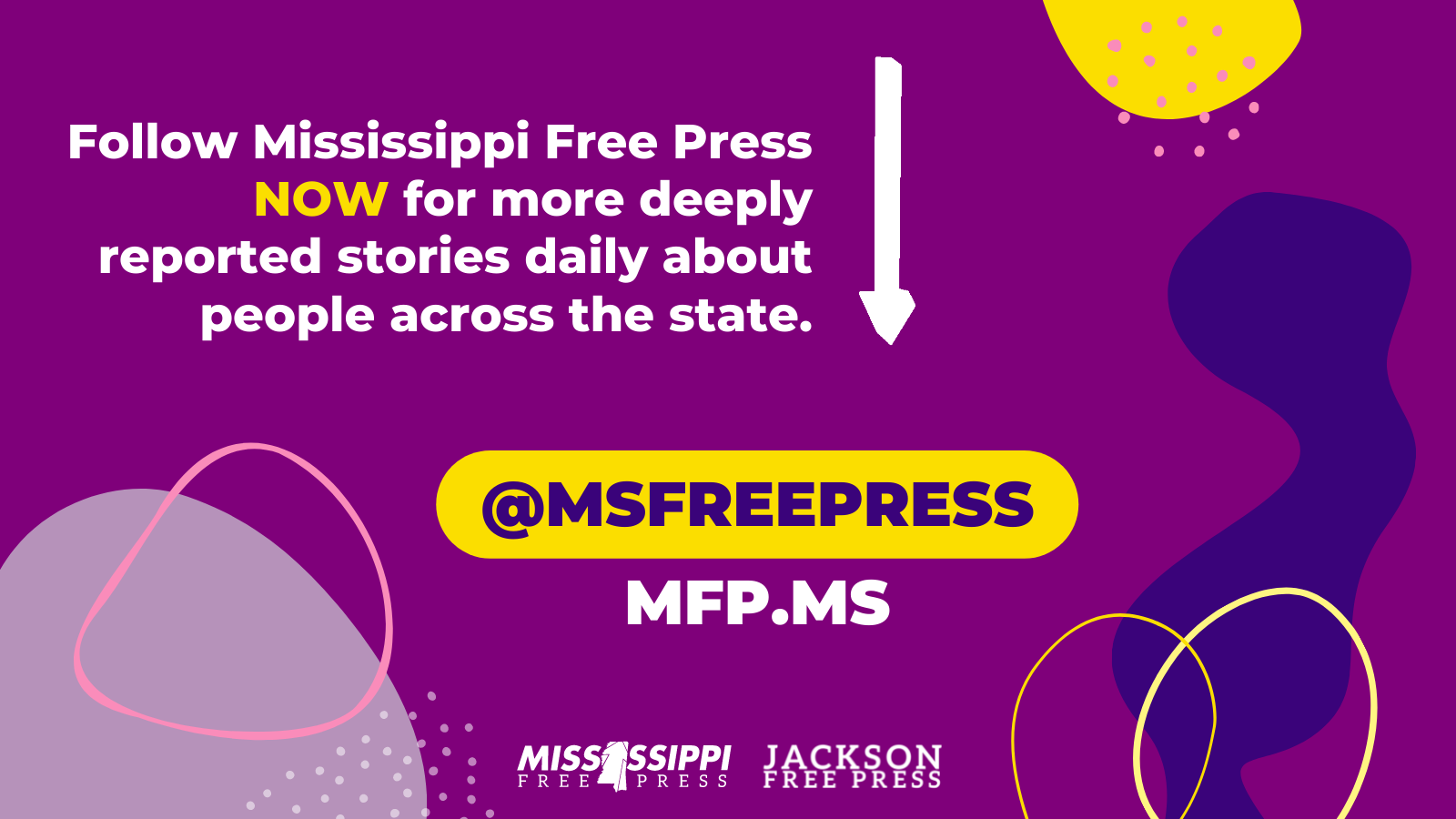Congress has until Aug. 2 to raise the debt ceiling, the cap on the amount of money the Treasury can borrow to pay the government's bills. As the clock keeps ticking, you may still have unanswered questions. How dire could the consequences of not raising the debt ceiling be? What are the possible solutions? Here's a reading list to help you keep up.
Following the debt ceiling debate in real time:
Slate has an updating infographic that lets you see how much money the Treasury has in its bank account right now . For the latest news and analysis, the Wall Street Journal has a frequently updated live blog. The Economist is also doing daily debt ceiling updates. Some good people to follow for updates on Twitter include CNBC's @JimPethokoukis, TIME Magazine's @MarkHalperin, CBS's @NorahODonnell, NBC's @LukeRussert and @KellyO, Slate's @daveweigel , Talking Points Memo's @brianbeutler and the Bipartisan Policy Center (@BPC_Bipartisan). Today we're curating tweets with debt ceiling news and analysis on our homepage—check out the module in the top right. For breaking updates, Topsy can be a useful tool for finding the latest articles and tweets on the debt ceiling.
The basics on the debt ceiling (including where it comes from):
An earlier guide of ours answers basic questions about the debt ceiling, like "What is the debt ceiling, really?" and "Is the debt ceiling necessary?" The New York Times also has a useful FAQ that gets into some of the finer points of the history of the debt ceiling system. Poynter has a guide to common misconceptions about the debt ceiling that can help you cut through misleading coverage. It's important to note, as Poynter does, that raising the debt ceiling doesn't mean that we're increasing spending, but that we're letting the Treasury borrow money to pay for things we've already agreed to spend on. Here's how NPR Correspondent Robert Smith explained the situation to Poynter:
"The way I put it is that Congress has already ordered the pizza. They approved the pepperoni. They called up and had someone deliver it," Smith said via email. "Now the pizza guy is knocking at the door, and asking to get paid. If you don't raise the debt ceiling, it's like saying we didn't want that pizza in the first place. Maybe he'll go away if we don't answer."
The New York Times has a helpful chart that breaks down which policies have contributed to the national debt over the Bush and Obama administrations. This chart, tweeted James Fallows at the Atlantic, "should accompany every story about the debt ceiling debate." The White House released a more detailed chart breaking down the sources of the national debt on Tuesday. Talking Points Memo explains that most of the U.S. national debt is actually owed to the United States—it's money that some government agencies have borrowed from each other. The Guardian's data blog has a rundown of which foreign countries the United States owes, and how much we owe them . If you want to go in-depth into the topic, there's a compilation of academic research on the debt ceiling up at Ezra Klein's Washington Post blog.
Read the rest of this Pro Publica report here.



Comments
Use the comment form below to begin a discussion about this content.